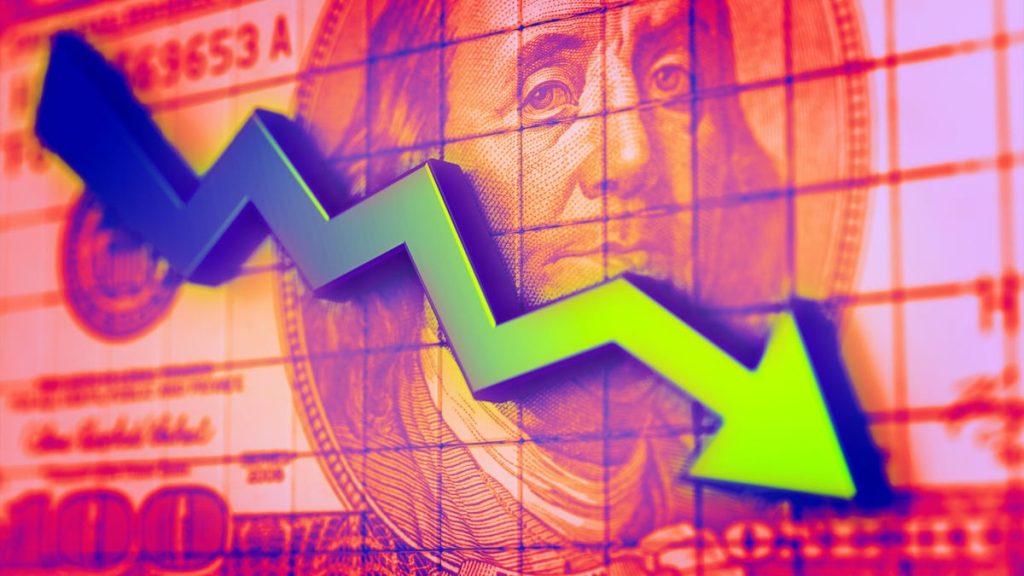The Federal Reserve (Fed) is poised to implement its third interest rate cut of 2024, a move widely anticipated by financial markets. This decision comes after nearly two years of elevated interest rates designed to combat rampant inflation. The Fed’s monetary policy significantly influences the US economy, impacting borrowing and spending habits of households and businesses. Lowering the benchmark federal funds rate – the rate at which banks lend to each other overnight – makes borrowing cheaper for consumers, potentially stimulating economic activity. This rate cut is expected to be 0.25%, bringing the target range down to 4.25% to 4.5%. While this marks a notable decrease from the 5.25% to 5.5% range maintained for over a year, borrowing costs are still projected to remain relatively high into 2025. Experts suggest this cut could be the last for a while, as financial markets anticipate a slower pace of reductions or a complete pause in 2025.
The Fed’s decisions are heavily influenced by two key economic indicators: the monthly Bureau of Labor Statistics jobs report and the Consumer Price Index (CPI) report. These reports provide insights into the state of employment and inflation, respectively, the two primary factors the Fed considers when adjusting monetary policy. The Fed aims to maximize employment while maintaining price stability. While annual inflation has cooled considerably from its 9.1% peak in mid-2022, currently sitting at 2.7%, it remains above the Fed’s 2% target. This persistent inflation, coupled with the potential for increased inflationary pressures under the incoming administration, contributes to the cautious approach to further rate cuts. The labor market also plays a crucial role. Although unemployment is currently higher than last year’s low of 3.4%, now at 4.2%, it is not signaling a significant economic downturn, providing some leeway for the Fed to focus on inflation control.
Market expectations strongly favor a 0.25% rate cut, with a probability exceeding 96% according to the CME FedWatch tool. This high level of certainty suggests the Fed is unlikely to deviate from its anticipated course unless a significant economic shift occurs. Experts believe the Fed has effectively communicated its intention to cut rates, and backing down at this point would risk disrupting market confidence. The current economic outlook, while not ideal, hasn’t deteriorated enough to warrant a drastic change in the Fed’s plan. This reinforces the likelihood of the anticipated rate cut proceeding as planned.
Looking ahead to 2025, the prospects for further rate cuts diminish. The Fed’s September Summary of Economic Projections initially suggested around four rate cuts throughout 2025, but given the persistent inflation, this forecast is now seen as overly optimistic. Experts have revised their expectations, now anticipating fewer cuts, possibly only two. The timing of these cuts will depend heavily on incoming economic data, particularly on inflation and the impact of the new administration’s policies. If the December rate cut occurs as expected, it’s highly unlikely the Fed will implement another one immediately following the presidential inauguration. They may consider a cut in March, but any further action will be contingent upon the evolving economic landscape.
The incoming administration’s economic agenda presents a significant source of uncertainty for the Fed’s future strategy. Proposed policies, such as tariffs on imported goods from countries like China and Mexico, could potentially exacerbate inflation by raising consumer prices. However, the actual impact of these policies remains to be seen. Some analysts believe these tariffs are primarily negotiating tactics and may not be fully implemented. The experience of the previous administration, where similar tariff threats did not lead to significant inflation, provides some basis for this view. Nonetheless, the potential inflationary pressures from such policies represent a key factor the Fed will need to monitor closely in determining its future course.
Regardless of the Fed’s decisions, individuals planning to borrow money or manage existing debt should remain vigilant. It’s crucial to shop around for the best interest rates on loans and credit cards. Consider balance transfer cards with 0% introductory periods to mitigate the impact of high APRs on existing credit card debt. While lower interest rates generally make borrowing more affordable, they also typically lead to lower yields on savings accounts. Therefore, individuals should be mindful of the potential impact on their savings strategies. Staying informed about the Fed’s actions and their potential consequences is essential for making sound financial decisions.

